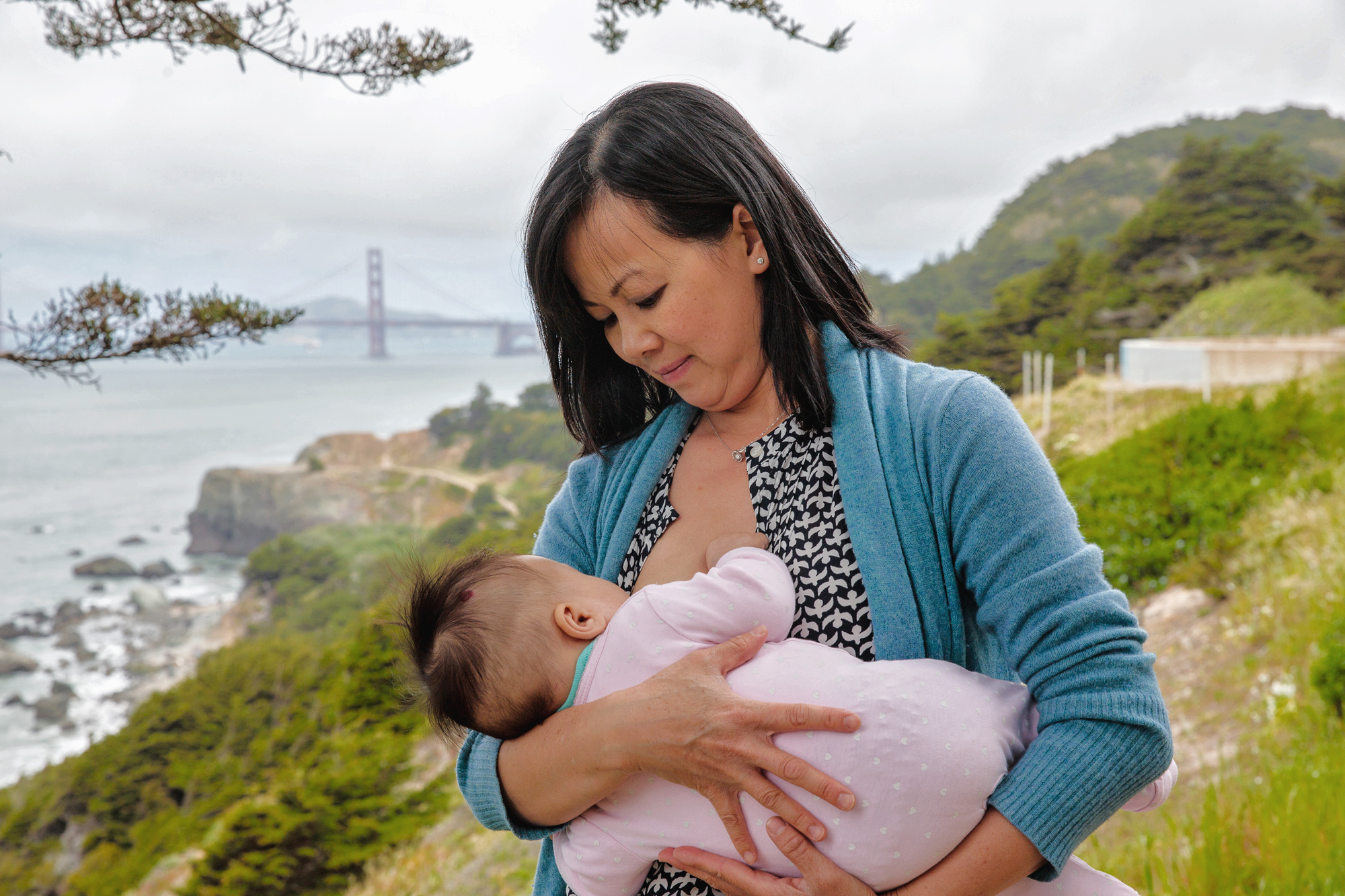
In honor of Breastfeeding Awareness Month, breastfeeding products and accessories brand Lansinoh has dropped a jaw-droppingly beautiful photography campaign called "Breastfeeding Around the World." Shot by New York-based photographer Tina Boyadjieva throughout 18 different countries, including South Africa, Uganda, China, Turkey, and Sri Lanka, the series features mothers from all demographics, social statuses, races and occupations, under the common denominator of motherhood and breastfeeding.
"The project represented me as a photographer and as a multi-cultural individual," Boyadjieva tells Parents.com. "Because my favorite subjects to photograph are women, it seemed like such a great fit and a project I could really get into. On a personal level, I spent a lot of my time and savings on traveling and taking photos of people and cultures I found in faraway corners of the world. Capturing breastfeeding women around the world basically brought together everything I am naturally good at and sincerely enjoy. I was excited to travel the world and take these photos, but this project was incredibly challenging as well. I wanted first and foremost to capture captivating images."
In order to do that, Boyadjieva explains she had to have a precise travel schedule, be careful with her equipment, and make sure she didn't get hurt along the way. "Luckily, my equipment never got damaged or stolen and I never got sick," she shares. "There was the time I almost got bitten by a scorpion, but a Maasai warrior caught it seconds before. I made it through altitude sickness, changing climates, Mexican election weekend madness and found a way to push through and connect with moms. I felt a little bit like Amelia Earhart but in a photography sense."
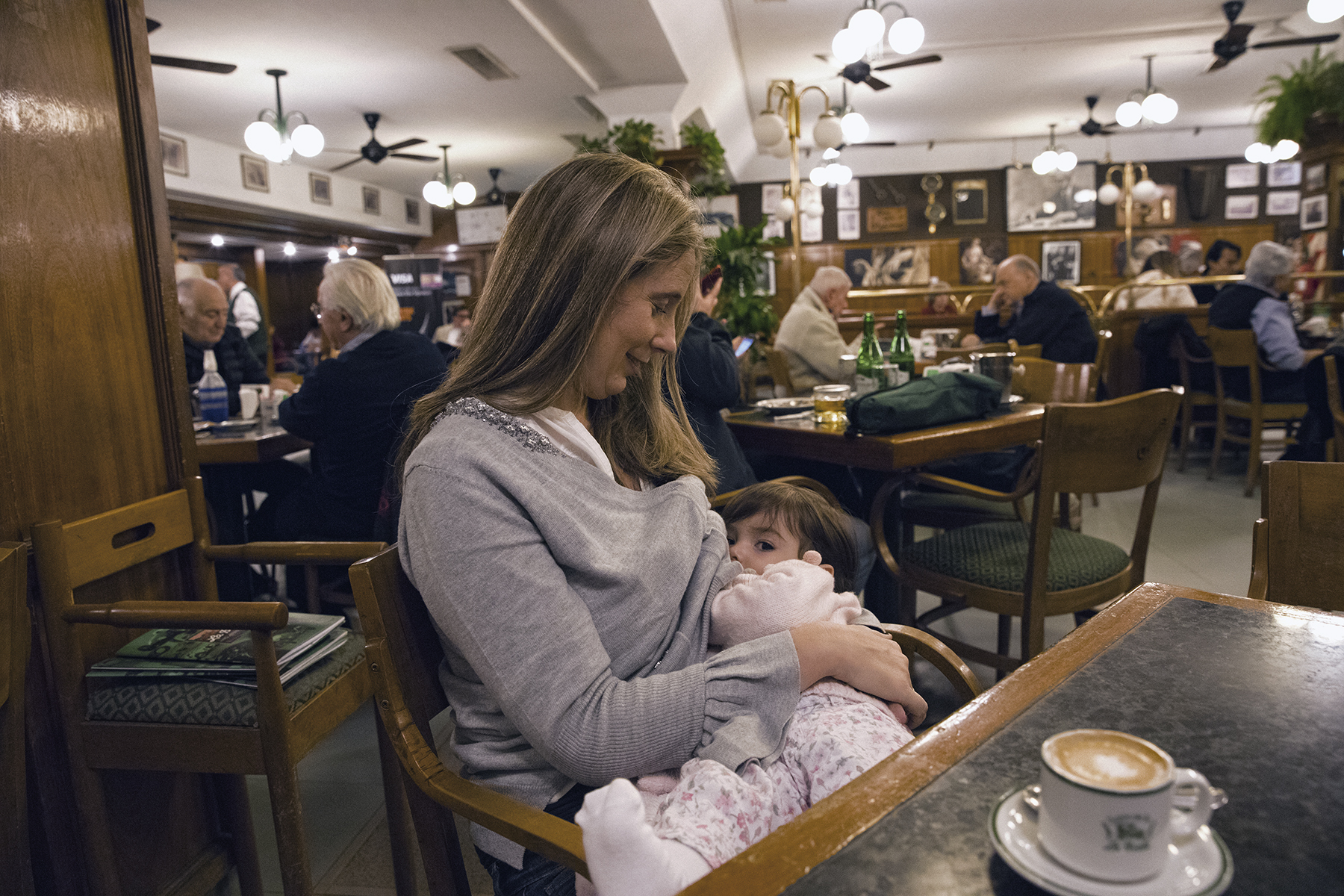
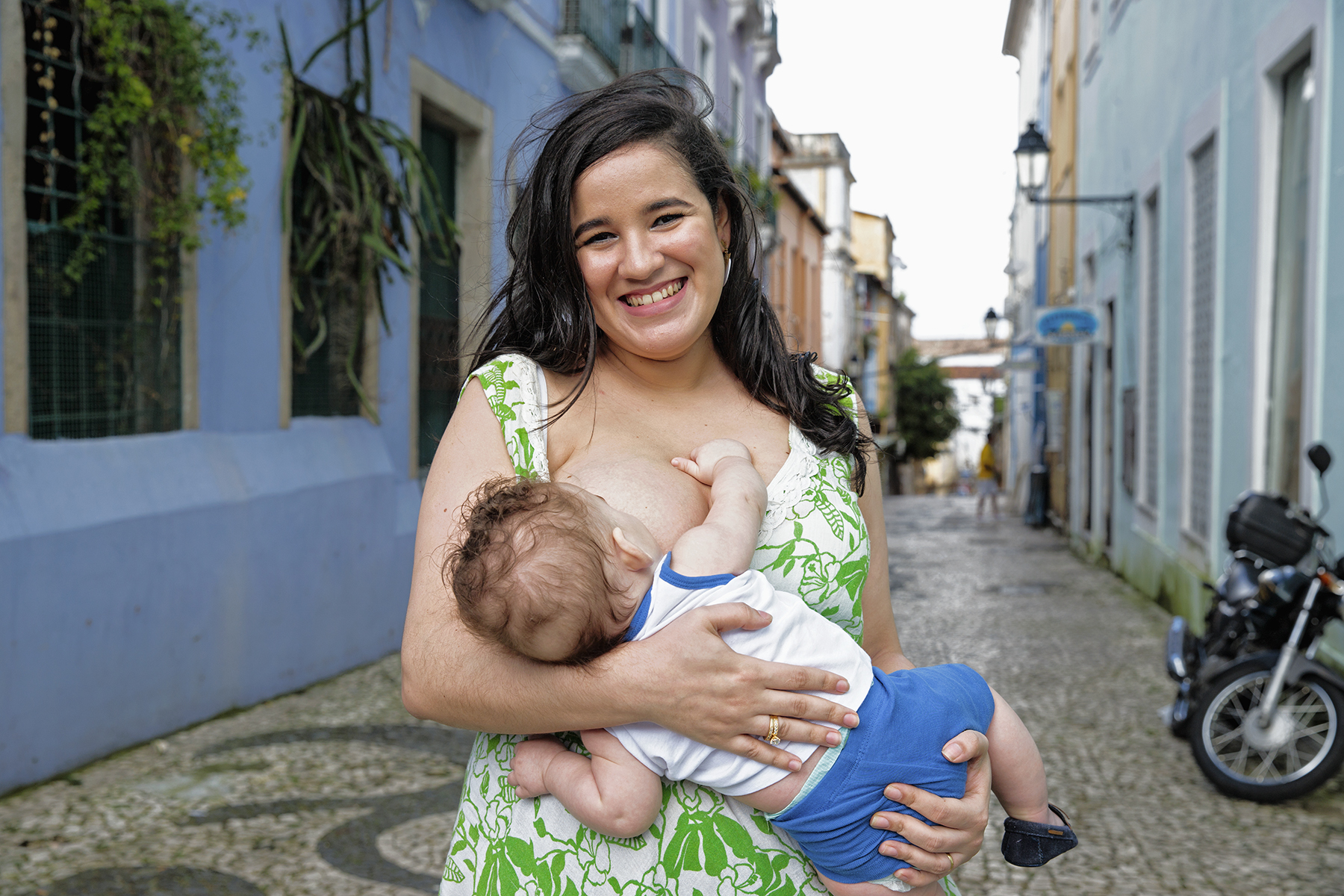
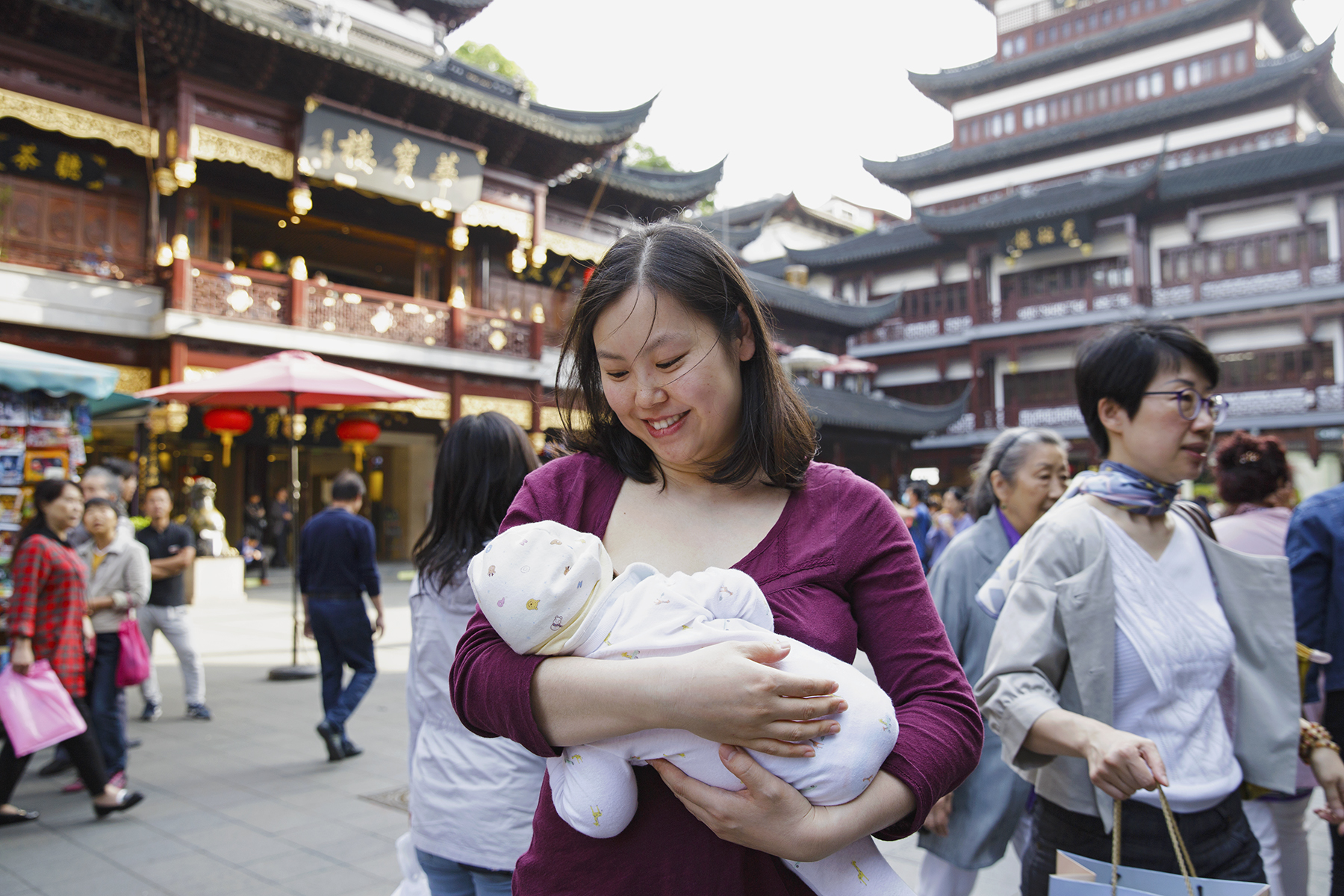
Throughout her travels, Boyadjieva had conversations with 64 moms. But she says the most heartwarming moment was when she was shooting the Tamil moms in Nuwara Eliya in Sri Lanka.
"I saw an adorable baby with curly hair and was able to photograph her with her mother in front of their home, near the tea bushes and in various locations in the neighborhood," she explains. "I offered her payment for the photos. When I was leaving, she, her baby, and 10 other women and children followed me to the car, kissing my hands, thanking me, and crying. It was so touching that it made me cry as well. My driver, a native Sri Lankan explained that they were crying not only because of the money I gave them, but because I visited their home, held their babies, and I acknowledged them in a way no one else, specifically foreign, ever had. It was so humbling and rewarding to bring tears of joy to someone, especially for a project like ours."
The photographer will also never forget the time spent with the Maasai women in East Africa. "The Maasai village I went to does not exist on Google Maps," she explains. "As my driver and I approached the location where we were supposed to look for the 'barb wire' turn and water tanker, I only saw a blue dot moving towards Mt Kilimanjaro on the map."
She describes the Maasai women as "tough. The tribes lives in Amboseli National Park, basically the Serengeti of Kenya on the outskirts of Mt Kilimanjaro. Women are the ones who make the home, literally. They use sticks and cow dung to build it. They are responsible for food, bearing children and making beads which the men later sell at markets. There is no running water, wild animals live freely around their homes and most diseases are cured by sourcing plants and other natural cures. When a woman is about to give birth, all of the women from the village gather together with her and stay until the baby is delivered. There is a midwife in every village, who just by touching the belly can predict how far the mom is and if there are any complications."Although she doesn't speak Swahili, she found a way to communicate and make the women in the village laugh and greet her. "Somehow, if you want to and are not scared of the unknown, we find a way," Boyadjieva notes.
As for the experience she considers the "most eye-opening"? It was on her way to South Africa, from Sri Lanka, when she had a three-hour layover in Saudi Arabia. "I was a little nervous about it, because I have never traveled unaccompanied in such a religious country," Boyadjieva notes. "In a few minutes, a woman approached me. She bent down towards me and invited me to take her seat on the chair next to a 4-month-old baby and two other little girls. She explained those were not her children, but they had been there for six hours and were sharing the space. She insisted I took her seat because I was a guest and I deserve to feel comfortable in her home. She went on to offer me water, food, and juice—things the airport had provided her because of her long delay. We started talking and I told her that I am a photographer, and I am traveling the world for the breastfeeding project. Once she heard I was American with European origins, she apologetically but proudly started to tell me that it is not fair how Muslims are represented in western news, she said, 'We are not all terrorists.' I stopped her right there and assured her that only very ignorant people can believe that all Muslims are bad, and that there are plenty of educated, open-minded and well-travelled Westerners who appreciate diversity, respect cultures, and are appreciate differences. I used our project as an example of such an initiative, to look for things that are universal around the world regardless of religion, color, or financial status."
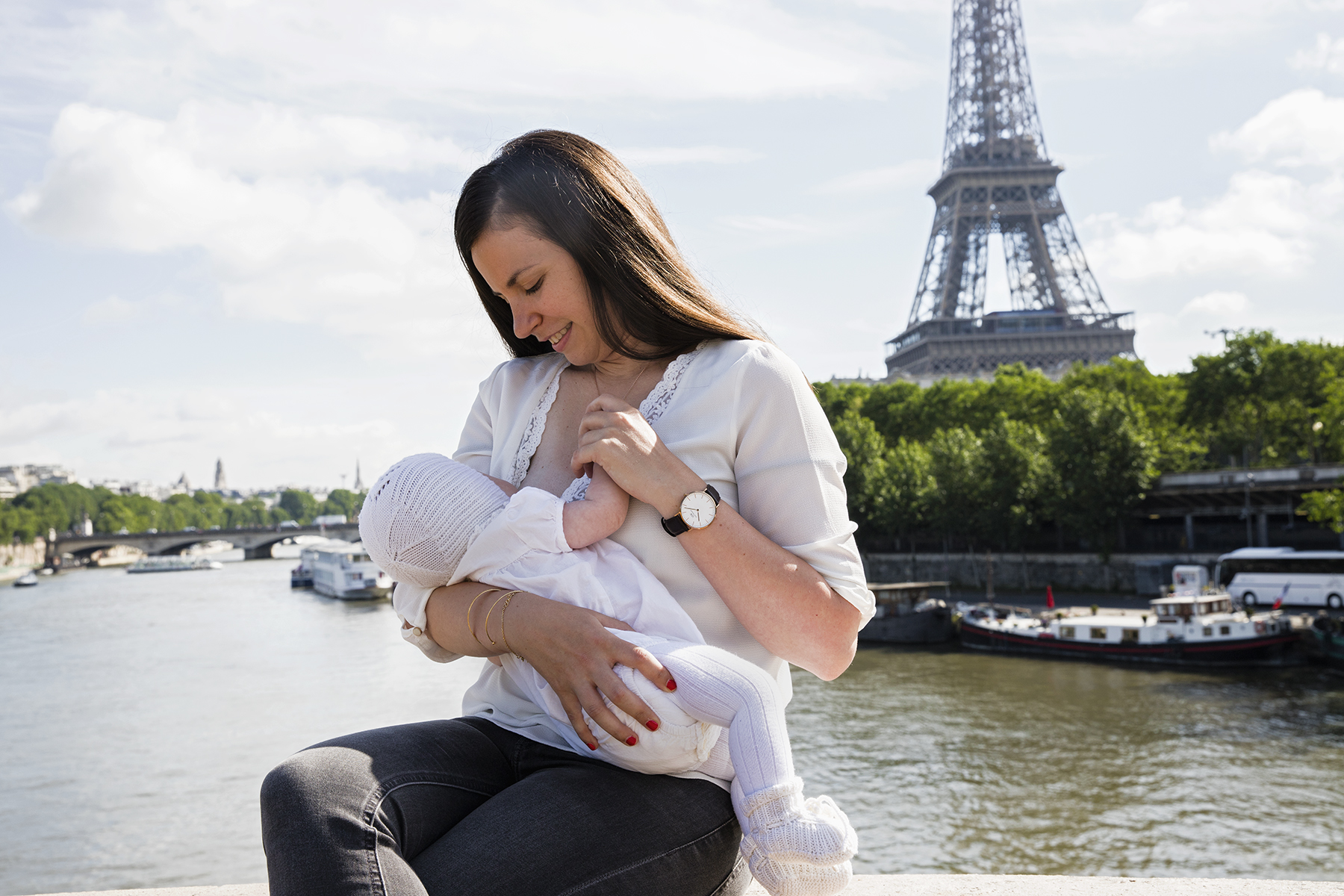
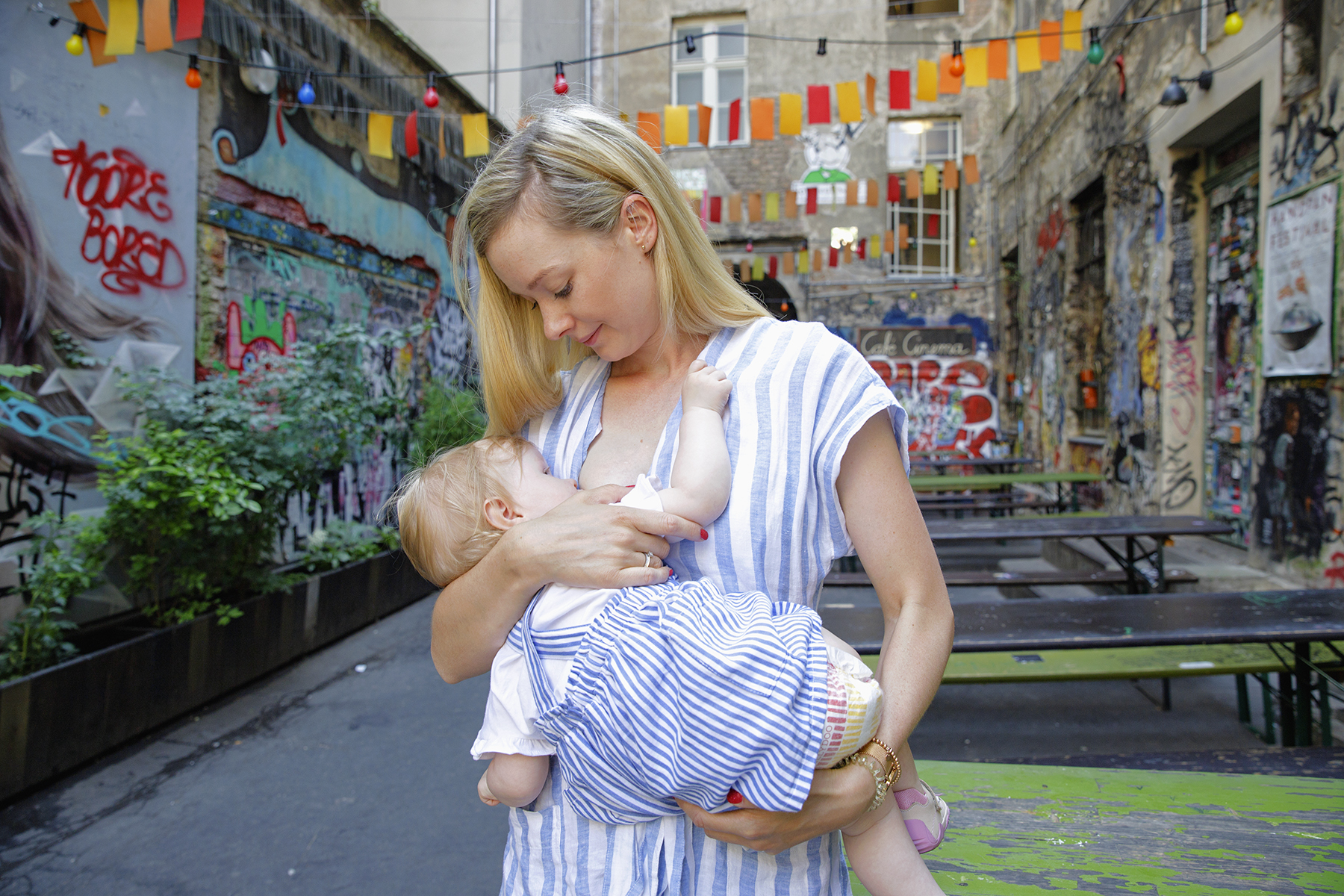
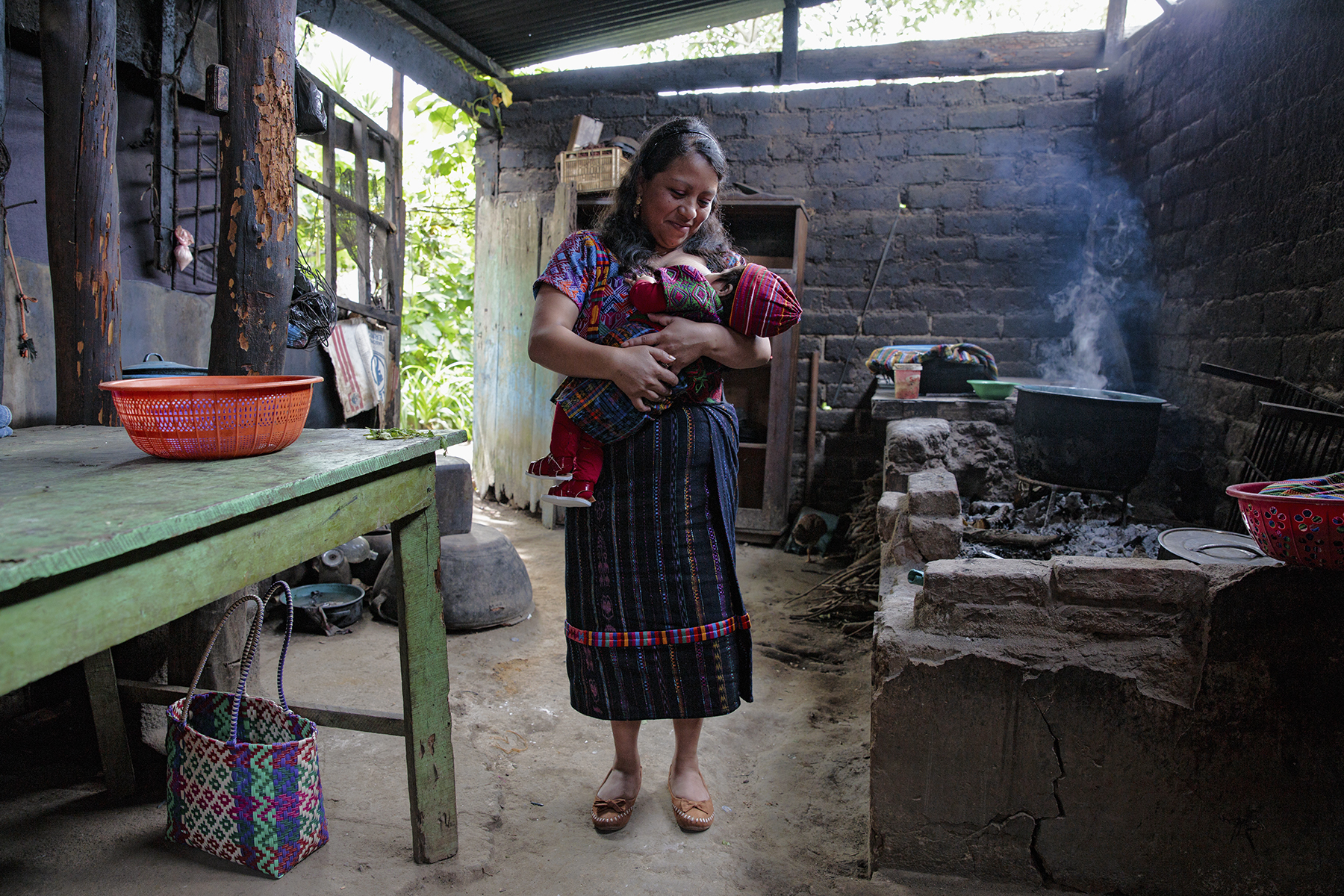
Most of the countries Boyadjieva traveled to were developing nations where she grew accustomed to seeing poverty, signs of crime and diseases. But she also saw moms struggling with heartache and health challenges in Europe.
"On the surface, the European moms I photographed were generally luckier in many ways than their African or Asian equivalents," she notes. "However, I realized that they are not free of troubles. Celine, the beautiful French mom, her baby girl and I spent a beautiful morning together crisscrossing Paris from the Eiffel Tower to the Louvre to Hotel de Ville. Her 4-month-old daughter was precious, dressed in a beautiful linen and lace outfit. She did not stop smiling and giggling even if we took her on the subway, pushed her stroller on cobble stones and had her nurse then stop, then nurse again. The day was gorgeous and I was feeling a relief in a way being away from some of the extreme poverty, hunger and obvious difficulty of life I had gotten used to in the weeks before. All until Celine told me, that at only 4 months old, her little adorable girl had already had two heart surgeries because she was born with a malfunction. And while we changed her into a lighter dress, her pure baby skin on her chest was scarred with a big long mark."
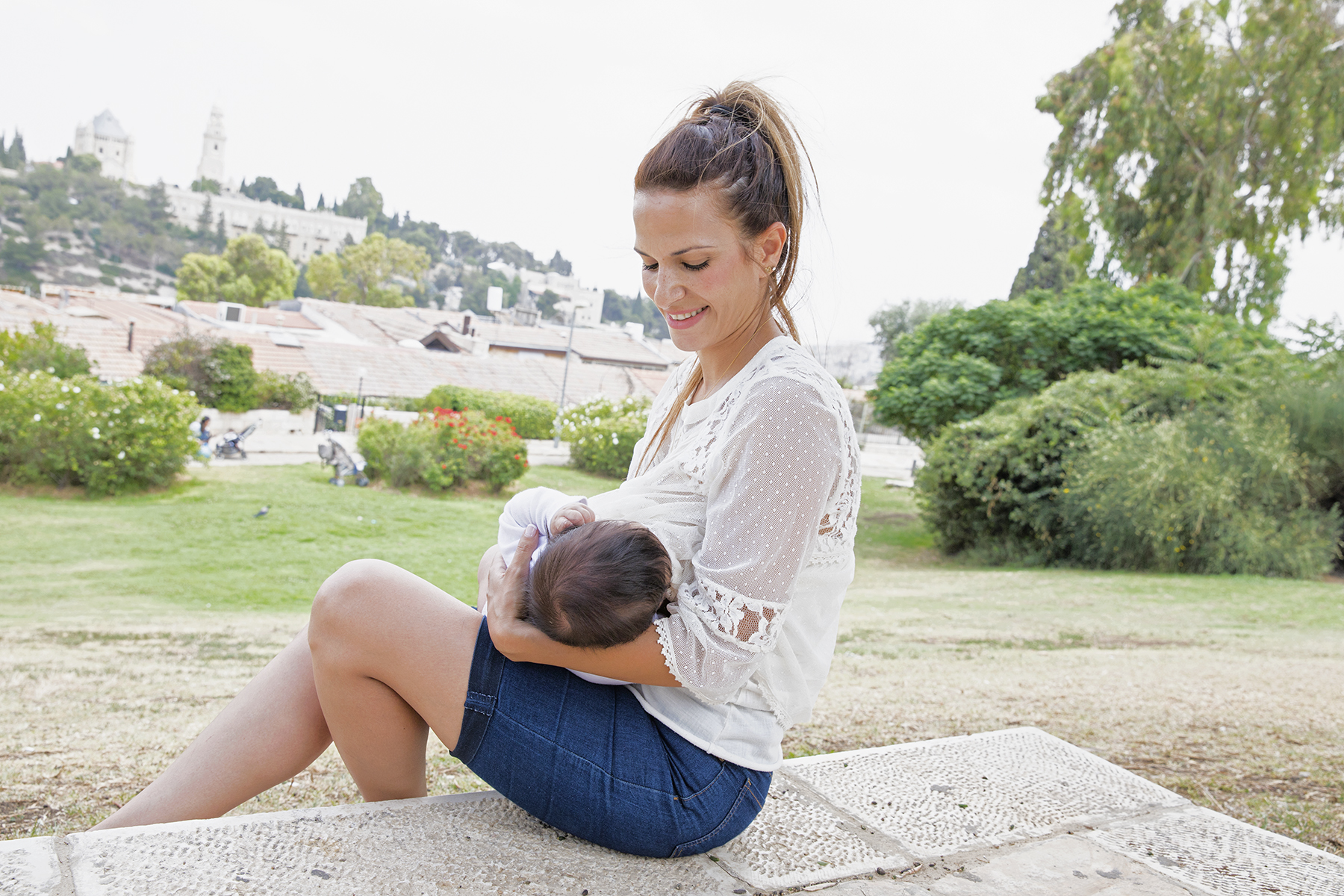
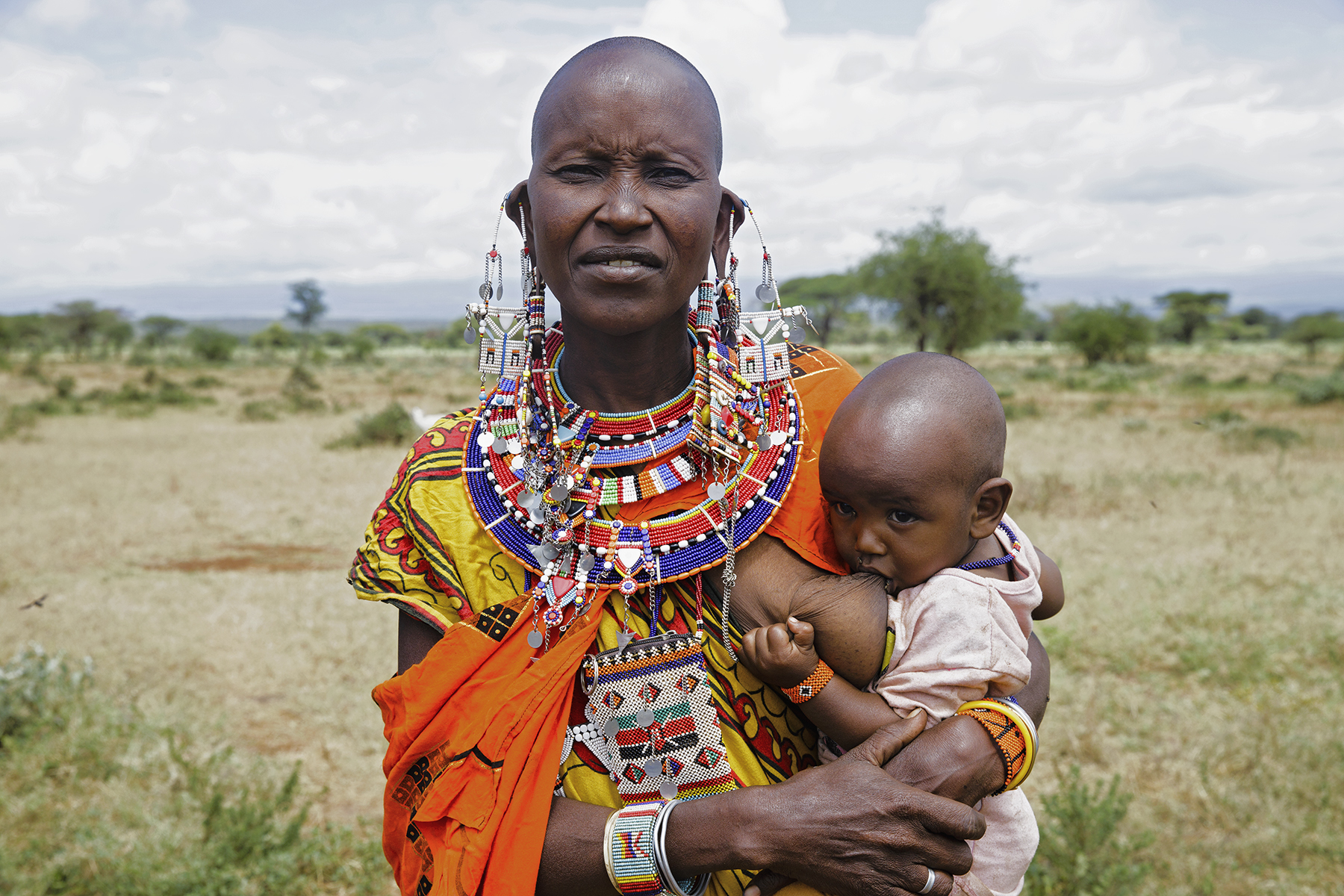
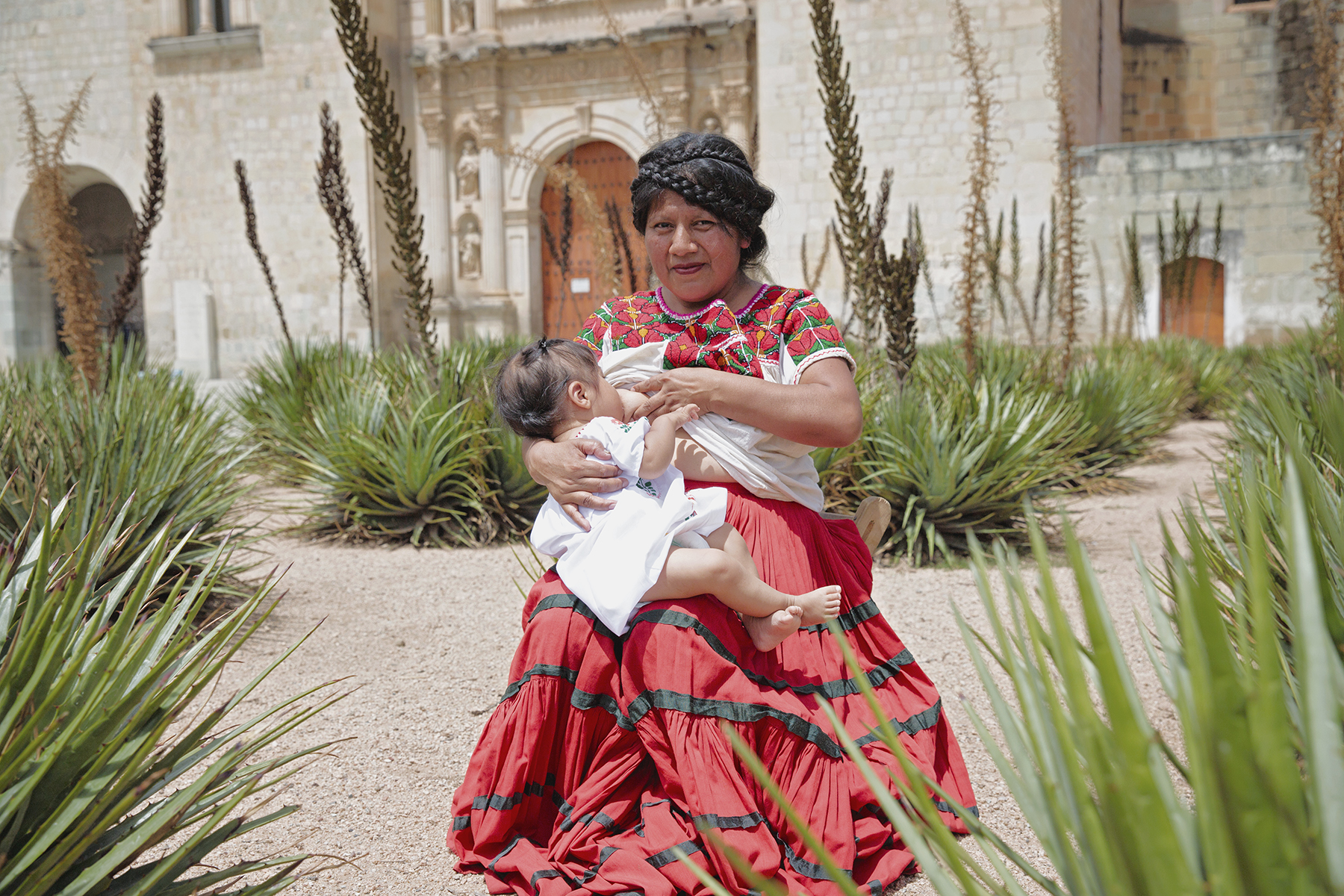
The mothers photographed "shared not only the joy and fulfillment of breastfeeding, but … the pain and heartbreak it comes with having your child being sick or in pain," which Boyadjieva notes any mom, anywhere, can relate to.
And ultimately, the photographer hopes her campaign helps mothers in the U.S. "feel united with women from around the world. They will see that there is much in common across cultures when it comes to connecting with your child through the bond of breastfeeding. They should feel empowered to breastfeed in whichever place and whenever they have to feed their babies. It is normal, it is OK, and it is a right and duty of a mother if she has so chosen."
To see all of Boyadjieva's beautiful images, visit Breastfeedingmonth.com.

